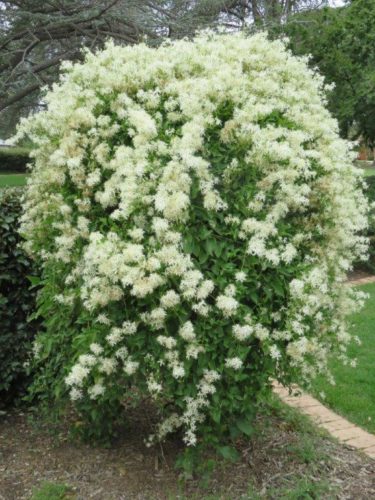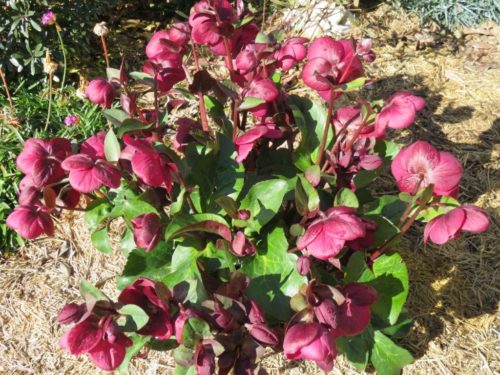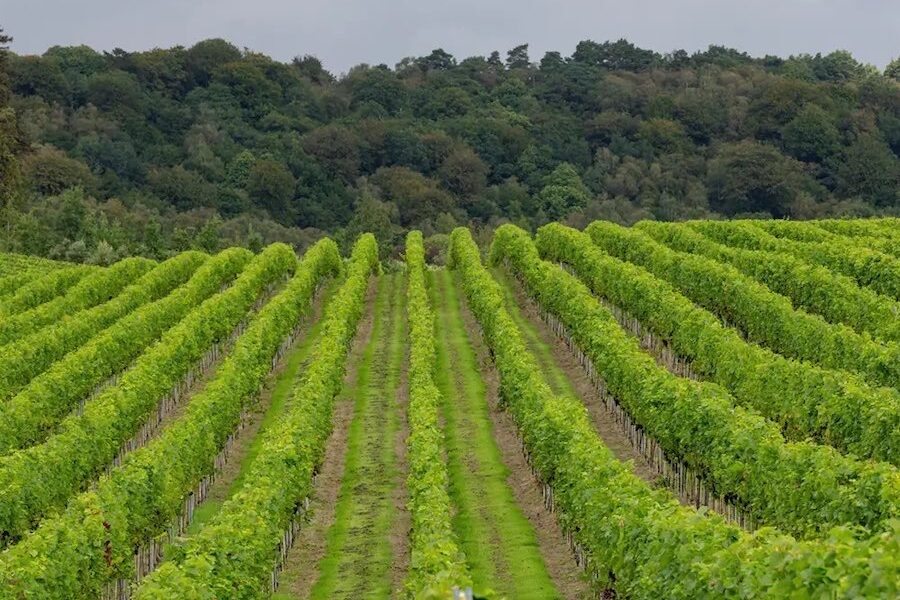Gardening columnist CEDRIC BRYANT admires the climbing clematis terniflora, which flowers best after a hot summer.

THE climbing clematis terniflora is a delight in autumn, with its fragrant white flowers creating an almost weeper-like display.
Unlike many clematis, the terniflora C. paniculata, which is native to north east Asia, is evergreen, and both frost and heat hardy. In fact, it flowers best after a hot summer and is beloved by bees. C. paniculata was introduced into America in 1864 and has become naturalised in most states. It’s a vigorous, hardy autumn flowering climber with white fragrant flowers. A spectacular specimen spotted in the front of an Ainslie garden (pictured) has been attracting great interest from passersby.

To keep your winter flowering display going, I suggest clematis “Wisley Cream”, which as the name suggests has tiny, creamy-white, bell-shaped flowers. The buds on ours, growing over an arch in our front garden, are prolific, and we keep walking under the arch to enjoy it.
ITALY is in the grip of not only coronavirus but also a threat to its horticultural industry: the virulent bacterial plant disease xylella, with hosts found in more than 360 plant species in southern Europe. It is estimated to have already caused in excess of E1.5 billion [$A2.8 billion] worth of damage, with no known cure at present.
Originally restricted to the Americas, with outbreaks wiping out crops of coffee, citrus, grapefruit, peach and grapes, xylella has also cost the grapevine industry in California more than $US100 million a year in direct losses. It has now spread through most countries of Europe, with lavender, rosemary and oleander now affected.
In Italy alone, millions of olive trees have been grubbed out and destroyed. At present it has not reached the UK. If it reached Australia it would be catastrophic, which is why Border Force has come down much harder on persons bringing in any produce or plant material.
IT’S time to sow the tantalisingly fragrant sweet pea, or Lathyrus odoratus. Here’s how: first, soften the hard shell of the seed and place it on a paper towel in an airtight container. Once the seeds start to sprout, transplant into small plant pots filled with seed-raising mix. Keep moist but not overwatered in a warm spot, maybe on the kitchen windowsill, to harden off before planting out. Alternatively, sow the seed directly into the soil about 5cm deep, planting about 30cm apart. You’ll need a frame or mesh for the sweet peas to climb, or make a tripod of stakes. Water in with Maxicrop organic seaweed.

THERE’S still time to cut the leaves of hellebores to ground level, for late winter to spring flowers. Commonly known as winter roses, they’re no relation to the rose, except their flowers are similar to old-fashioned roses. The range of flower colours, shape, form and even colours of leaves, continue to increase. One of the largest growers of hellebores is Plant Growers of Australia, with their huge wholesale nursery in Victoria. They supply to almost every garden centre in eastern Australia.
Now is the ideal time to plant with the still warm, moist soil. Try H. “Ruby Daydream”, H. “Molly’s White”, H. “Anna’s Red” (I love this one!), and the stunning double flowered H. “Cinderella”. Almost all of these grow to about 50cm tall with the same spread, in a semi-shady spot in groups of colour.
Who can be trusted?
In a world of spin and confusion, there’s never been a more important time to support independent journalism in Canberra.
If you trust our work online and want to enforce the power of independent voices, I invite you to make a small contribution.
Every dollar of support is invested back into our journalism to help keep citynews.com.au strong and free.
Thank you,
Ian Meikle, editor




Leave a Reply